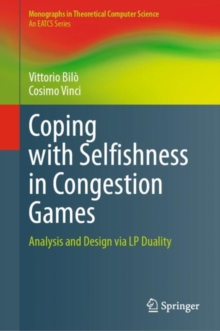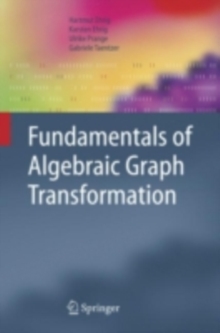
Incomplete Information: Structure, Inference, Complexity PDF
by Stephane P. Demri, Ewa Orlowska
Part of the Monographs in Theoretical Computer Science. An EATCS Series series
Description
The construction of any broadly understood theory of information or infor- mation processing system involves two major methodological processes: (1) abstraction and analysis, (2) reasoning and computing.
This monograph is a realisation of these two processes in relation to the study of incompleteness of information.
The paradigm we are working with is inspired by a rough-set approach to data analysis: the formalisms we develop enable the use of a non- invasive data representation.
This means that the only information which is and must be used in the process of analysis is the actual information that is to be analysed; we do not require any additional sources of information.
An abstraction is formed in the process of conception, design, and develop- ment of structures.
Then analysis leads to a selection of a class of structures.
In this book we delineate a class of informational structures that enable us to represent both numerical and non-numerical information and we analyse var- ious manifestations of its incompleteness.
We discuss several general types of incompleteness of information which are grounded in a rough-set-style view of imprecision and uncertainty.
Manifestations of these types of incompleteness in information systems are investigated.
Information
-
Download - Immediately Available
- Format:PDF
- Publisher:Springer Berlin Heidelberg
- Publication Date:18/04/2013
- Category:
- ISBN:9783662049976
Other Formats
- Hardback from £120.95
- Paperback / softback from £125.25
Information
-
Download - Immediately Available
- Format:PDF
- Publisher:Springer Berlin Heidelberg
- Publication Date:18/04/2013
- Category:
- ISBN:9783662049976










